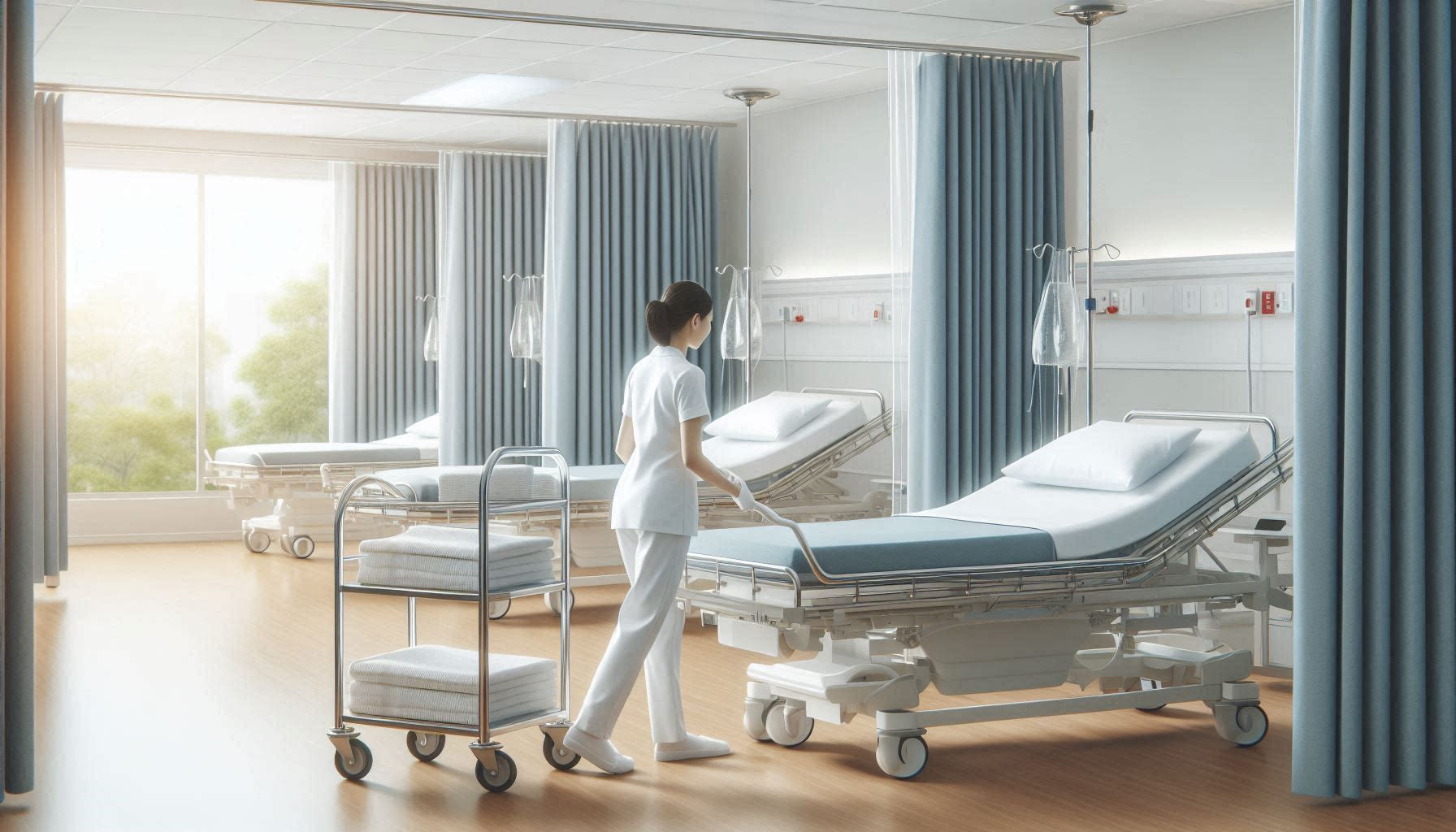In the world of healthcare, examination beds play a crucial role in patient care and diagnosis. These specialized pieces of medical furniture are designed to provide comfort for patients while allowing healthcare professionals to perform examinations and procedures efficiently. In this comprehensive guide, we’ll explore the various types of examination beds, their uses, and the benefits they offer to both patients and medical practitioners.
Types of Examination Beds
Examination beds come in several types, each designed to meet specific medical needs. Standard examination beds are the most common type found in general practice settings. They typically feature a padded surface, adjustable backrest, and sometimes a pull-out leg rest. Power examination beds are electrically-operated and offer easy height adjustment, making them ideal for patients with mobility issues and reducing strain on healthcare providers.
Gynecological examination beds are specially designed for women’s health examinations, including stirrups and often a drainage pan. Pediatric examination beds are smaller in size and often feature colorful designs, tailored for examining children. Bariatric examination beds are built to support higher weight capacities, ensuring safe and comfortable examinations for larger patients. Treatment beds are versatile and designed for both examinations and minor procedures, often featuring multiple sections for various positioning options.
Uses of Examination Beds
Examination beds serve multiple purposes in healthcare settings. Their primary use is for routine check-ups and physical examinations. Many beds are equipped to facilitate various diagnostic tests and minor procedures. The stable surface and adjustable positions make these beds ideal for taking blood samples or administering injections. In urgent care settings, examination beds can quickly convert to support emergency procedures.
Benefits of Quality Examination Beds
Investing in high-quality examination beds offers numerous benefits. Well-designed beds with proper padding and adjustability ensure patient comfort during examinations, which can be especially important for longer procedures. Height-adjustable beds make it easier for patients with mobility issues to get on and off the bed safely. Proper positioning facilitated by adjustable beds can lead to more accurate examinations and diagnoses.
Both patients and healthcare providers benefit from beds designed with safety features, reducing the risk of falls or strain injuries. Features like built-in stirrups or quick-adjust mechanisms allow for faster setup between patients. Multi-functional beds can adapt to various examination needs, reducing the need for multiple specialized pieces of equipment.
Key Features to Consider
When selecting examination beds, consider these important features: adjustability (look for beds with easily adjustable height, backrest, and leg sections), weight capacity (ensure the bed can safely support your patient population), upholstery (opt for durable, easy-to-clean materials that meet hygiene standards), stability (the bed should be stable and secure, with locking wheels if mobile), accessories (consider beds with built-in features like paper roll holders, stirrups, or storage drawers), and electrical safety (for power beds, ensure they meet all relevant electrical safety standards).
Maintenance and Care
To maximize the lifespan and effectiveness of examination beds, follow manufacturer guidelines for cleaning and disinfecting. Regularly check for wear and tear, especially on moving parts. Address any issues immediately to prevent further damage or safety risks. Ensure all staff are trained on proper use and adjustment of the beds.
Future Prospects
Examination beds are more than just a piece of medical furniture; they are essential tools in providing quality patient care. By understanding the different types available, their various uses, and the benefits they offer, healthcare providers can make informed decisions when equipping their practices. The right examination bed not only enhances patient comfort and safety but also improves the efficiency and effectiveness of medical examinations and procedures.
As medical technology continues to advance, we can expect to see further innovations in examination bed design, potentially incorporating features like integrated diagnostic tools or improved ergonomics. For now, choosing a high-quality, versatile examination bed that meets the specific needs of your practice is a crucial step in creating a patient-centered healthcare environment.






